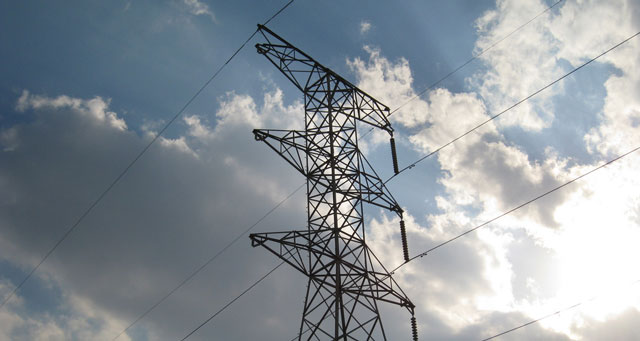
Eskom’s financial year ended March 2015 was unusually challenging, leading to the financial and operational health of the business deteriorating, according to acting CEO Brian Molefe.
He spoke at a media briefing on Tuesday where Eskom released its annual results.
“We struggled to meet the electricity demand and often had to utilise expensive supply-side options, such as the open-cycle gas turbine (OCGT) plant to balance supply and demand,” said Molefe in his executive report.
“At times we had to resort to rotational load shedding in order to protect the system and also, more recently, to create space for critical maintenance.”
Eskom’s cash reserves declined due to large amounts spent on diesel for the OCGTs as well as a significant increase in arrear municipal and residential customer debt, particularly in Soweto.
Other challenges Molefe pointed out were two ratings agencies reduced Eskom’s credit rating to sub-investment grade and the new build projects remaining behind schedule, partly due to poor contractor performance and strike action.
However, Molefe said it was not all doom and gloom. Although later than planned, the first synchronisation of Medupi’s unit 6 took place in March 2015, with full power of 794MW achieved in May 2015.
The 100MW Sere Wind Farm, Eskom’s first utility-scale renewable energy project, was placed in commercial operation on 31 March 2015.
“The government financial support package is an important and welcome intervention, although we still face an immediate and complex combination of significant and interrelated problems, the consequence of which is visibly manifesting in the form of regular rotational load shedding,” said Molefe.
“The urgent resolution of our problems is essential to prevent the development of a protracted crisis for both Eskom and the country.” — Fin24




